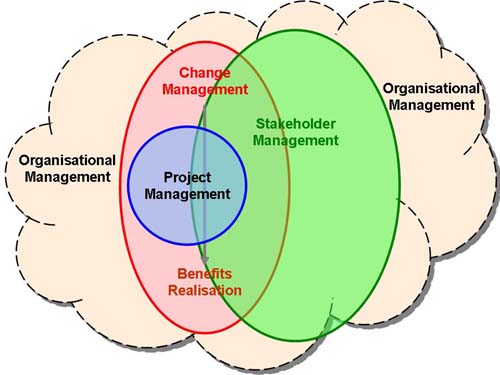Over the years there has been a lot of discussion on the value of credentials such as PMP; frequently triggered by the failure of a ‘qualified’ person to perform in the workplace.
There are essentially two ways to assess a person from a credentialing point of view. Testing what they know or assessing what they do. Competency based assessments (what they do) tend to assume knowledge based on performance. You cannot perform a complex task such as managing a project without knowledge. However, competency based assessments have two disadvantages:
- Competency is demonstrated in a specific a time and location. There is no guarantee the competent person will perform as well in a different setting with different people, cultures and relationships.
- The assessment of interpersonal competencies tends to be subjective and project management is very much focused on directing and leading people. Assessing behavioral competencies goes some way towards solving this dilemma but the assessment is still subjective.
Knowledge based assessments are empirical. The person had sufficient knowledge to pass a defined test at a defined point in time. However, the passing of a knowledge based assessment such as PMP or for that matter an MBA only shows the person has a predefined level of knowledge. The disadvantages of knowledge based assessments are:
- There is no indication the person can apply the knowledge effectively in the workplace.
- The knowledge tested in any exam is only a portion of the overall domain knowledge.
Given the problems with either assessment process, assessing the value of a qualification is complex and is differs depending on who is making the value judgment, an employer or an individual. The value of a qualification to an individual can be measured in at least three areas:
- The advantage it offers in the job market;
- The recognition governments and other licensing authorities give to credential holders and
- Its recognition by other entities offering higher qualifications through credits or advanced standing.
The value of a qualification to an employer is in part a function of the credentials reputation and in part, what this tells the employer about the credential holder. Whilst the PMP is a uniquely valuable industry based credential, no single assessment is ever going to provide a guarantee of a person’s suitability for employment in a particular organisation. Being a PMP provides one point of assessment; the PMP holder had the knowledge needed to pass a difficult, quality controlled exam. However, employers also need to look to other aspects of a person’s overall capabilities as well.
My feeling is the lack of undergraduate/baccalaureate degree courses in project management has given PMI’s PMP and other similar project management certifications a solid value in the job market. This is quite different to many other credentials issued by professional bodies. The UK based Chartered Institute of Building’s MCIOB credential requires a degree, several years experience, an examination and a professional interview; in most respects at least equal in its rigor to PMI’s PMP requirements. Both credentials should be assessed as being at a higher level than a degree but at least in the Asia Pacific region, the construction industry and governments focus on building managers holding a University construction degree, not MCIOB.
Similarly, higher degree courses in project management routinely offer some level of advanced standing for PMP holders. I am unaware of any advanced degree in construction or the built environment that offers similar advanced standing for MCIOB, although some other professional credentials do achieve a level of advanced standing in some higher degree courses.
This unusually valuable status of PMP as been built up over many years; however, the value also creates a number of challenges:
- Employers may have expectations of PMP holders not supported by the credential.
- But, credential holders need to live up to the reasonable expectations of their employers, and current credential holders also have the challenge of maintaining the worth of the credential for future generations of PMs.
- PMI needs to ensure the examination process remains both credible and effective.
- Training organizations such as ours need to ensure their PMP courses are relevant and interesting.
We have chosen to focus our training on the PMI range of credentials because they are a defined package, we know if we have done a good job as soon as a trainee passes their exam. The subjectivity of competence assessments lacks the clarity of pass/fail. However, look 5 to 10 years into the future and I expect the credentialing process will have change substantially to blend aspects of workplace assessment (competency) with the formal testing of knowledge. The Program Management Professional (PgMP) credential is a start along this route, my prediction is most other credentials will follow.




